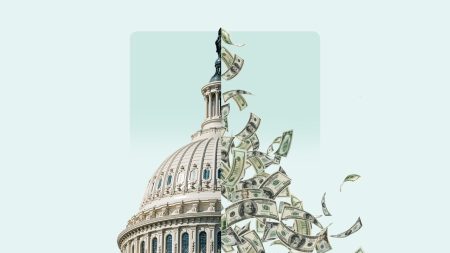By Carmen Chan
You’ve got your mortgage and car loan to pay, credit card bills and HELOC payments, and a running list of utility bills and other key expenses – does it feel like your fixed monthly expenses are eating up all your income?
Canadians’ budgets are being stretched thin, according to a March 2024 report issued by credit monitoring bureau Equifax. It suggests that the average consumer is carrying $21,296 of debt, and delinquency rates on their loans have increased by 28.93% year-over-year.
Mortgage delinquency rates soared by 135.2% in Ontario and 62.2% in British Columbia at the end of 2023. Because of the rise in interest rates, consumers renewing their mortgages saw their payments increase by $457 on average, with spikes of up to $680 in Ontario and BC!
If you’re wondering how to lower your fixed monthly expenses so you can keep up with your monthly bills, here’s a look at 4 key strategies to save money so that you can also pay down debt.
Eliminate Subscriptions and Recurring Monthly Bills
Pore over your bank statements, credit card statements, and any other financial documents and list out every single direct debit that’s taken out of your account. You can also search your email inbox for any recurring receipts that are quarterly or annually.
You may find over the years you’ve subscribed to:
- cable, internet, and phone services
- gym, yoga, or spin class memberships
- grocery delivery services or meal prep service kits
- streaming services, like Netflix, Disney+, Spotify, and Amazon Prime
- newspaper and magazine subscriptions
- roadside assistance for your automobile
- apps for brain exercises, fitness and calorie counting, or other hobbies
The list goes on – and when you add them up, recurring costs can amount to a mighty sum. Don’t shy away from making steep cuts to your subscriptions, especially ones that have been barely touched. You could save hundreds by simply cancelling, reducing, or temporarily suspending some accounts.
Subscription Costs, Stop the Silent Spender
Read the full article here










